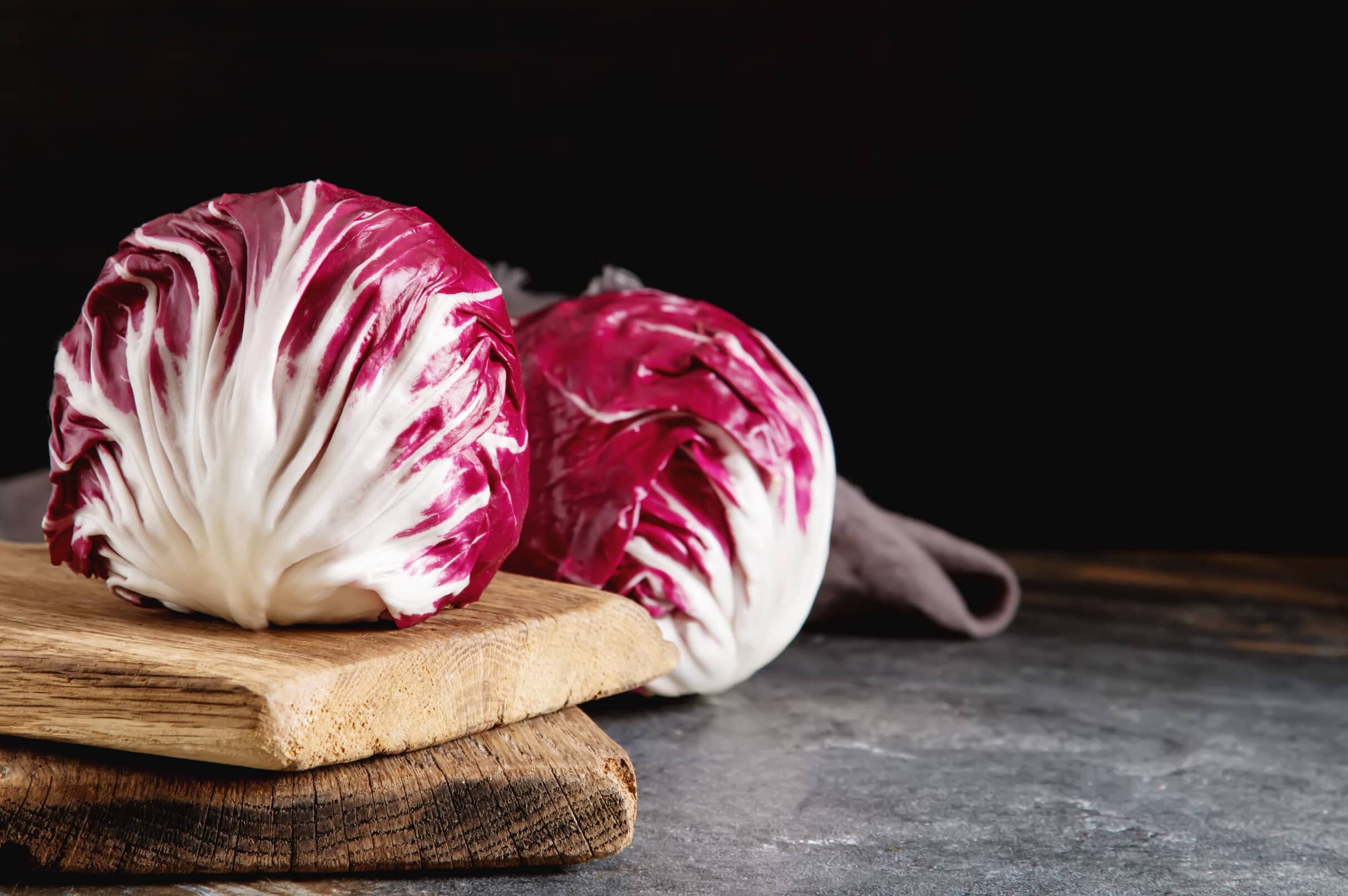
Radicchio is a leafy vegetable that often gets mistaken for red cabbage due to its vibrant color. But what exactly is radicchio, and why should you care about it? Radicchio is a type of chicory, known for its bitter taste and crunchy texture. It’s a staple in Italian cuisine, often used in salads, risottos, and grilled dishes. This vegetable not only adds a pop of color to your plate but also packs a nutritional punch. Rich in vitamins K and C, radicchio supports bone health and boosts your immune system. Curious to learn more? Here are 25 facts about this intriguing vegetable that might just make you a fan!
Key Takeaways:
- Radicchio, a vibrant red leafy vegetable, is rich in antioxidants and essential nutrients like vitamin K and vitamin C, making it a healthy and colorful addition to salads and Italian dishes.
- You can grow radicchio in your garden, and it thrives in cool weather with plenty of sunlight. Its bold flavor makes it versatile in the kitchen, from salads to grilling and sautéing.
What is Radicchio?
Radicchio, a type of chicory, is known for its vibrant red leaves and slightly bitter taste. Often used in salads, it adds a pop of color and a unique flavor. Let's dive into some fascinating facts about this leafy vegetable.
-
Radicchio is native to Italy, where it has been cultivated since ancient Roman times.
-
The most common variety is Chioggia radicchio, which has round, compact heads resembling red cabbage.
-
Radicchio's bitterness comes from intibin, a compound that aids digestion.
-
This vegetable is rich in vitamin K, essential for blood clotting and bone health.
-
Radicchio contains antioxidants like lutein and zeaxanthin, which promote eye health.
Growing Radicchio
Radicchio is not just a supermarket find; it can be grown in your garden. Here are some interesting facts about cultivating this unique plant.
-
Radicchio thrives in cool weather, making it perfect for spring and fall planting.
-
It requires well-drained soil and plenty of sunlight to grow properly.
-
The plant needs consistent moisture, but overwatering can lead to root rot.
-
Radicchio can be grown from seeds or transplants, with seeds taking about 85-90 days to mature.
-
To reduce bitterness, some growers blanch the heads by tying the leaves together to block sunlight.
Culinary Uses of Radicchio
Radicchio's bold flavor makes it a versatile ingredient in the kitchen. Here are some ways it can be used in cooking.
-
It can be eaten raw in salads, often paired with sweet ingredients to balance its bitterness.
-
Grilling radicchio brings out a smoky flavor, making it a great side dish.
-
Radicchio can be sautéed with garlic and olive oil for a simple, tasty dish.
-
It pairs well with cheeses like gorgonzola and parmesan.
-
Radicchio is a common ingredient in Italian dishes like risotto and pasta.
Nutritional Benefits of Radicchio
Beyond its culinary uses, radicchio offers numerous health benefits. Here are some nutritional facts.
-
Radicchio is low in calories, making it a great addition to weight-loss diets.
-
It is high in fiber, which aids in digestion and helps maintain a healthy gut.
-
The vegetable is a good source of vitamin C, which boosts the immune system.
-
Radicchio contains folate, important for cell growth and metabolism.
-
Its high water content helps keep you hydrated.
Fun Facts About Radicchio
Radicchio has some quirky and lesser-known aspects. Here are a few fun facts.
-
Radicchio is sometimes called Italian chicory due to its origins.
-
The vegetable's vibrant color comes from anthocyanins, pigments that also have antioxidant properties.
-
In Italy, radicchio is often used in aperitifs to stimulate appetite before meals.
-
Radicchio was once considered a luxury item, only available to the wealthy.
-
The plant has been featured in various art forms, symbolizing health and vitality.
Radicchio's Rich Tapestry
Radicchio isn't just a pretty face in the salad bowl. This vibrant veggie packs a punch with its nutritional benefits and culinary versatility. From its high vitamin K content to its antioxidant properties, radicchio offers more than just a bitter bite. It's a staple in Italian cuisine, often grilled or roasted to bring out its natural sweetness. Whether you're tossing it in a salad, adding it to a pasta dish, or simply enjoying it grilled, radicchio brings a unique flavor and a splash of color to your meals. Plus, it's easy to grow in your garden, making it a great addition for home gardeners. So next time you're at the grocery store, don't overlook this leafy gem. Give radicchio a try and enjoy all the benefits it has to offer.
Frequently Asked Questions
Was this page helpful?
Our commitment to delivering trustworthy and engaging content is at the heart of what we do. Each fact on our site is contributed by real users like you, bringing a wealth of diverse insights and information. To ensure the highest standards of accuracy and reliability, our dedicated editors meticulously review each submission. This process guarantees that the facts we share are not only fascinating but also credible. Trust in our commitment to quality and authenticity as you explore and learn with us.


